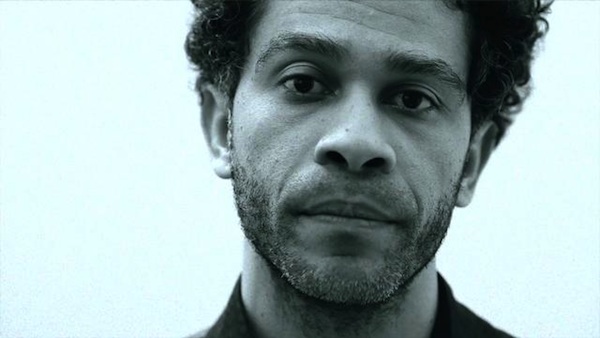LAS VEGAS -- Smartphones aren't the only gadgets Qualcomm wants to power.
The Hollywood Archivesmobile chipmaker's upcoming Snapdragon 835 processor will also power a new breed of augmented reality/virtual reality headsets that present mixed reality experiences similar to what Microsoft's HoloLens offers -- at a fraction of the cost.
SEE ALSO: 10 tech trends that will rule CES 2017The R8 and R9 AR/VR headsets from ODG resemble a pair of biker shades, albeit with a camera smack in the middle of the nose bridge.
At $1,000 and $1,800 for the R-8 and R-9, respectively, the headsets are far cheaper than the HoloLens developer kit, which goes for $3,000.
Though cheap looking and feeling, the R8 and R9 are relatively light for such hardware-packed headsets. Both pairs feature Bluetooth 5.0, Wi-Fi 802.11ac, built-in GPS, six degrees of freedom tracking, dual microphones, and integrated directional microphones.
I only got to see a looping video for a hot minute, but it was enough to give me a sense of what augmented reality would look like through their lenses.
Trying out the Snapdragon 835-powered ODG R-8 AR/VR smart glasses. Like a lighter version of HoloLens #CES2017 #MashCES pic.twitter.com/iCKAqKLzKx
— Raymond Wong 📱💾📼 (@raywongy) January 3, 2017
It's good and bad news. The good news: The picture quality is pretty sharp on both headsets (720p for the R-8 and 1080p for the R-9).
The bad news: The field of view is extremely small for both headsets. It's very much like HoloLens where you're looking at a hovering screen before your eyes. It's not terrible, but it's not exactly as immersive as VR, though the headsets are capable of VR experiences. I didn't get to try out the VR experiences, though. Nor did I get to do much else with the headsets, including getting a feel for the controls, which I'm told work through a combination of buttons and a touchpad on one side.
But hey, at least there's a 13-megapixel camera on the front of the more expensive R-9 model that can record 4K at up to 60 fps and 1080p at up to 120 fps, and an expansion port for adding new modules such as extra sensors or a more powerful camera.
Though the R-8 and R-9 aren't the most advanced AR/VR headsets, they nevertheless pave a pathway towards more affordable mixed reality headsets that push the form factor closer towards resembling a pair of sunnies.
Featured Video For You
Google Glass gives the Snapchat Spectacles the reality check it needs
Topics CES



